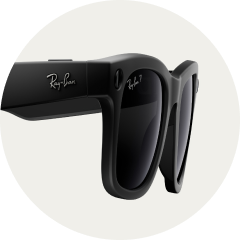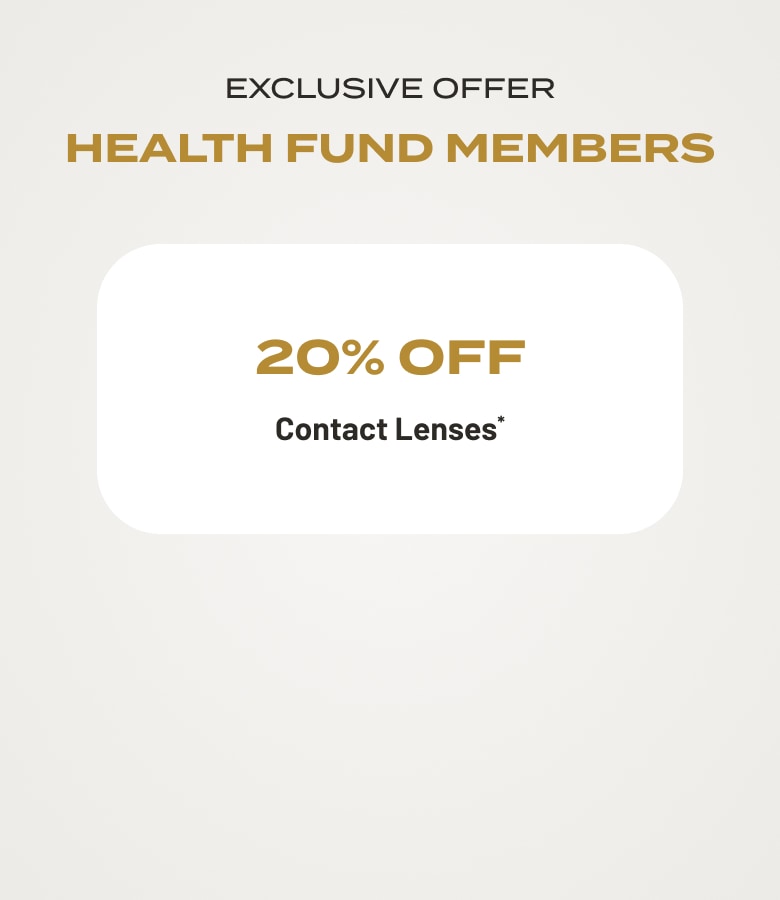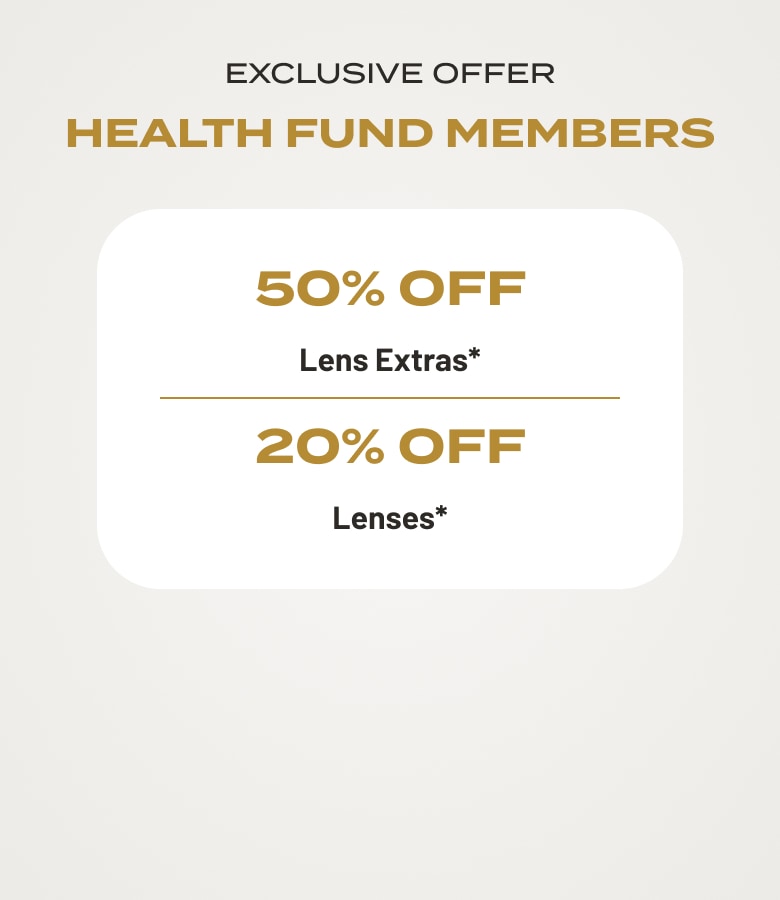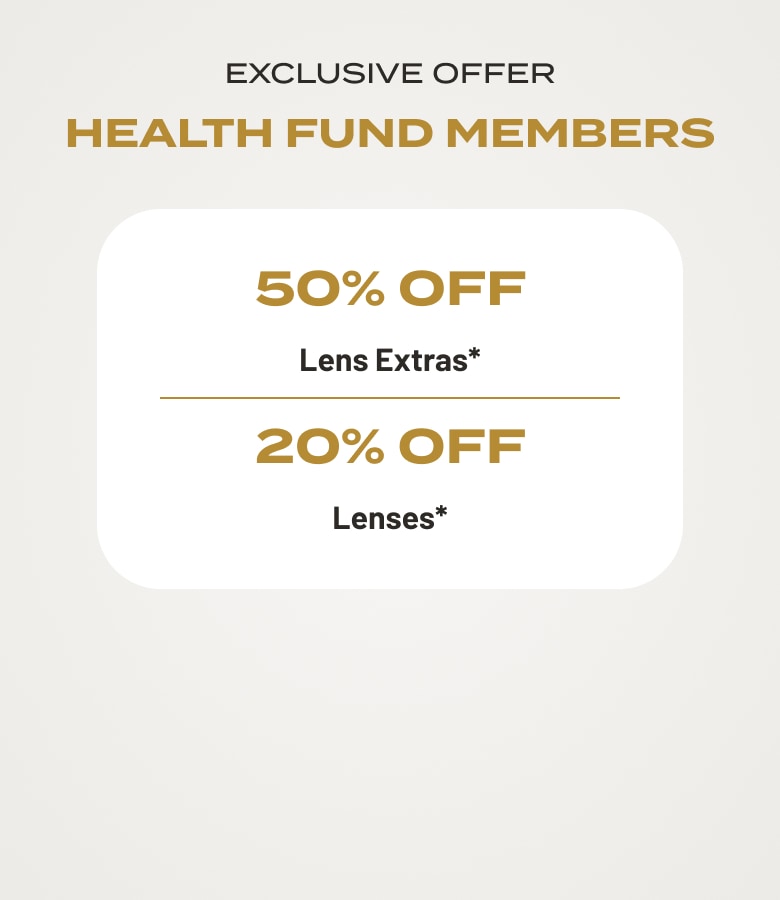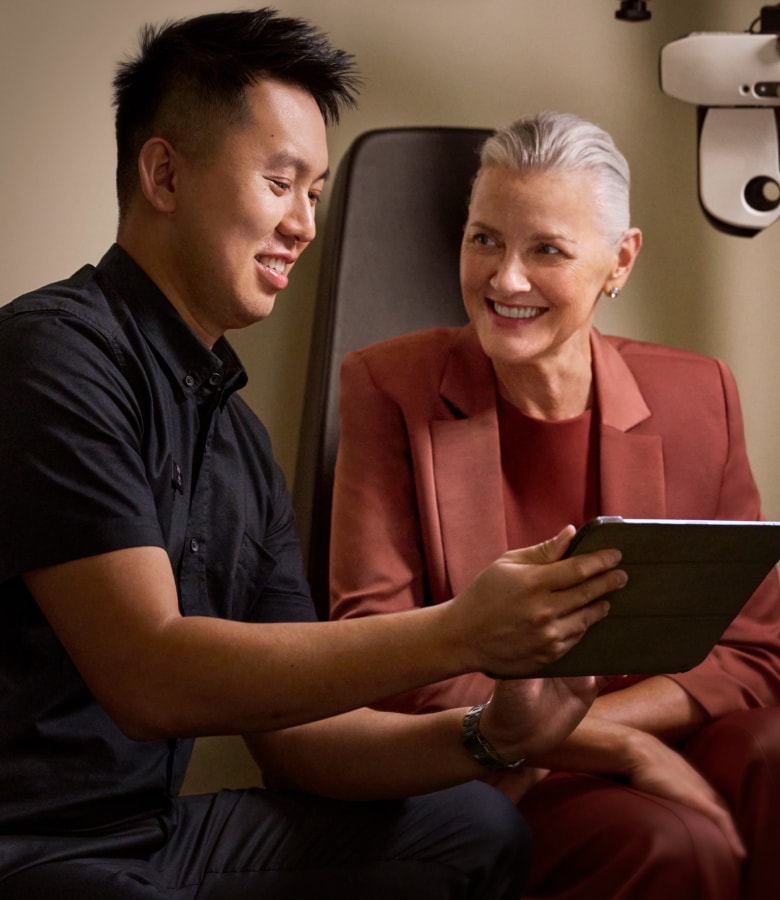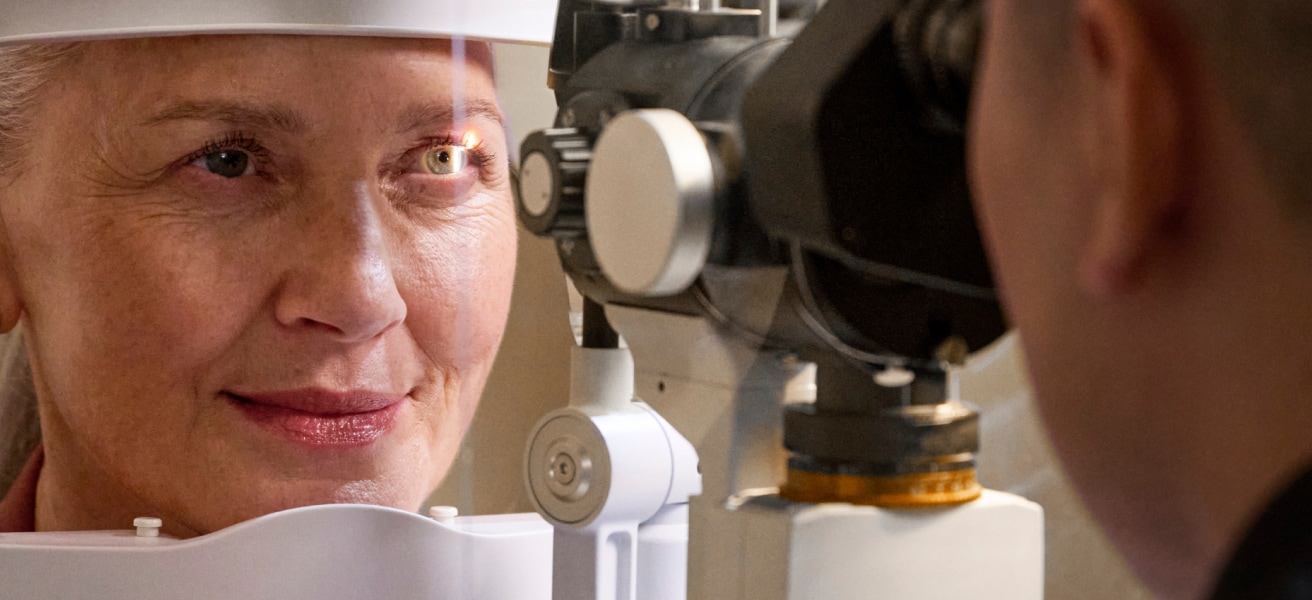-
Contact lenses
Type and Frequency
Daily Fortnightly Monthly Toric Multifocal
Brand
Acuvue Dailies Biofinity OPSM View all brands
Solutions & Accessories Subscribe & Save 25%Reorder your contacts View all contacts
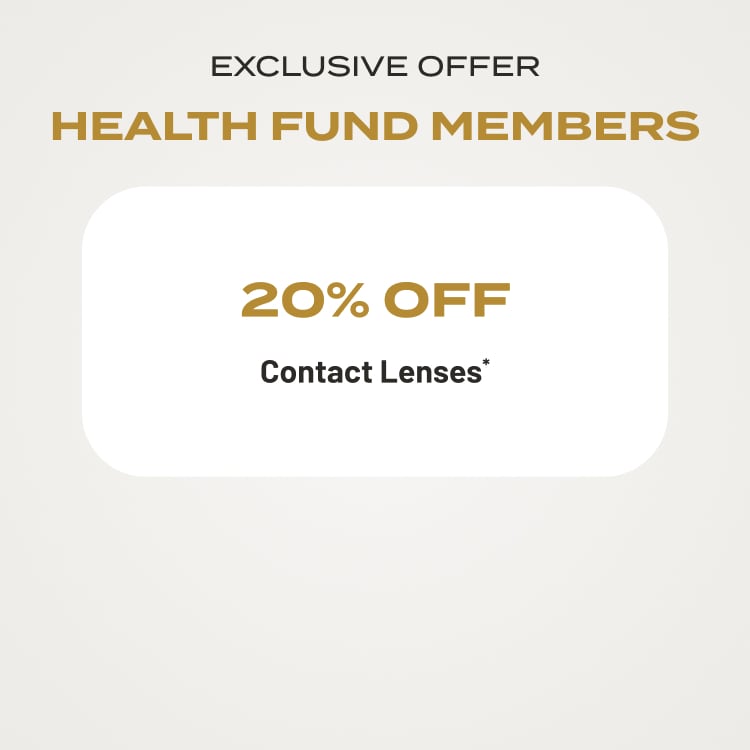 Shop now
Shop now^Further T&Cs apply.
-
Glasses
Shop by our picks
New Arrivals Best SellersRay-Ban | MetaNewOakley | MetaNew
Shop by offer
Sale | Up to 50% off
Shop by lenses
Transitions®
Shop by brand
Ray-Ban Oakley Miu Miu Versace
Find your Frame VIEW ALL GLASSES
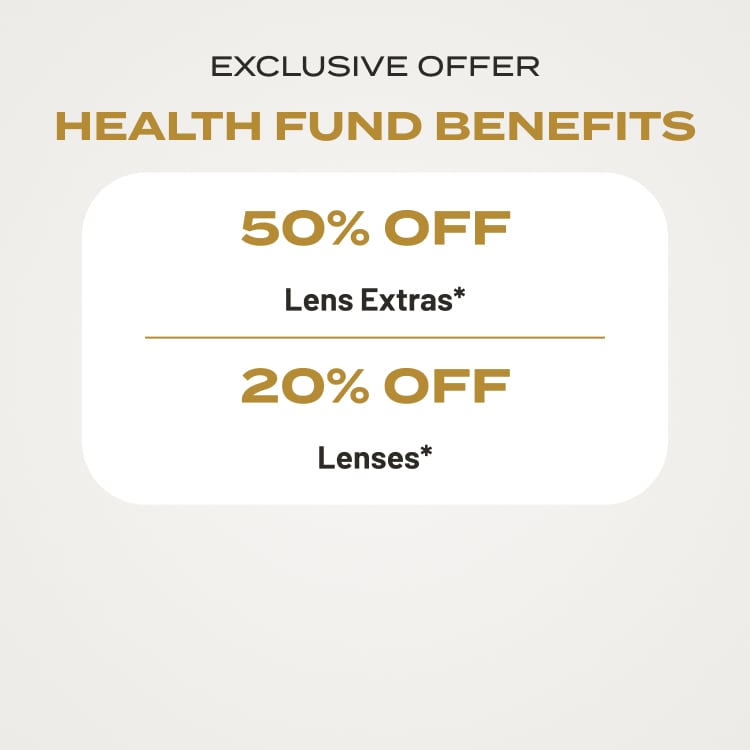 Shop now
Shop now*In store only. When purchased as part of a complete pair (frame and lenses). T&Cs apply.
-
Sunglasses
Shop by our picks
New Arrivals Best SellersRay-Ban | MetaNewOakley | MetaNew
Shop by offer
Seasonal Promo Sale | Up to 50% off
Shop by lenses
Oakley® Prizm™ Lenses
Shop by brand
Ray-Ban Oakley Prada Ralph
Find your Frame VIEW ALL SUNGLASSES
 Shop now
Shop now*In store only. When purchased as part of a complete pair (frame and lenses). Further T&Cs apply.
-
-
Brands
a - z
Alain Mikli Armani Exchange Arnette Brooks Brothers Brunello Cucinelli Burberry Coach Costa Dolce&Gabbana Emporio Armani Ferrari Giorgio Armani GucciJimmy ChooMichael Kors Miraflex Miu MiuNewMonclerOakleyNewOakley MetaOliver Peoples OPSM Persol Polo Ralph Lauren Prada Prada Linea Rossa Ralph Ray-BanNewRay-Ban MetaScuderia Ferrari Sferoflex Swarovski Tiffany & Co. Tom Ford Versace Vogue EyewearNew -
Our Services
BUYING ONLINE
Claim Health Fund Benefits Subscribe & Save 25% Find your frame
OPTOMETRY SERVICES
Book an Eye Test Vision Plan™ Eye Tests Eye Technology
AUDIOLOGY SERVICES
Book a Hearing Test Hearing care
USEFUL INFORMATION
Bulk Billing Workplace Services FAQs Lenses Dedicated to Everyday Excellence



UV Eye Protection
Invisible Rays, Visible Damage
Ultraviolet (UV) rays are not only a major cause of skin cancer, they can damage your eyes in many ways. OPSM ensures the sunglasses we sell are as protective as they are great looking. We can show you how to protect your eyes through prescription glasses and contact lenses too.

TYPES OF UV THAT AFFECT US
Ultraviolet radiation covers a range of wavelengths split into three groups – A, B and C – that are invisible to the human eye and can’t actually be felt by the skin, but need to be protected against. UVA is the most common and penetrates most deeply, passing through the cornea to reach the lens and retina inside your eyes. UVB penetrates less deeply but can cause sunburn, wrinkling and premature ageing. UVC is potentially the most dangerous, but almost all of it is blocked by the ozone layer - a situation that may change with ozone depletion, especially in Australia. It’s not just the sun that can damage our eyes. Overexposure to light and electromagnetic radiation from computer screens* may cause eye problems too.
Sunlight can affect your eyes more at higher altitudes, and when reflected off water, white sand, ice or snow.
WHAT’S THE DAMAGE?
UVB radiation is a major cause of cataracts and has been linked to the development of macular degeneration**. UVB rays are thought to help cause pingueculae and pterygia, unsightly growths on the eye's surface that can cause corneal problems as well as distorted vision**. UVB rays can also cause photokeratitis^, known as ‘snow blindness’, a painful inflammation of the cornea familiar to many of us who have spent too long at the beach or skiing without proper eye protection.
WHEN DOES IT START TO AFFECT US?
The risk of eye damage from UV radiation is cumulative, so the danger continues to grow as we spend time in the sun throughout our life^. It’s important to get children into the habit of wearing proper-fitting kid’s sunglasses and hats from a very early age, as they can spend much more time outdoors. Children are also more susceptible to retinal damage because the lenses in their eyes are clearer, enabling more UV to penetrate deep into their eyes†.

HOW CAN WE PROTECT OURSELVES?
Wear sunglasses with a high eye protection factor (EPF), even in the shade or when it’s bright but cloudy - they are an absolute must at the beach or snow where reflected radiation can make the potential for damage even greater.
Under the Australian and New Zealand Sunglass Standards, sunglasses with a value of 3 and 4 absorb almost all UV radiation. Wearing a broad-brimmed hat and sunglasses that meet the Australian and New Zealand Sunglass Standards can reduce UV radiation exposure to the eyes by up to 98%††.
Wrap-around sunglasses are best as they reduce radiation entering from the sides; and polarised lenses are particularly good at reducing glare. Even if your contact lenses block UV, you should still use sunglasses to protect the parts of the eye not covered by them.
PROTECTION WITH YOUR PRESCRIPTION
For prescription lenses, choose lightweight active lenses, which absorb 99.9% of UV radiation as do most Hi-Index lenses, which are ideal for strong prescriptions. All our other plastic prescription lenses can have UV protection and tinting added. Our friendly optometrists and fitters will be happy to help you find the right solution for your needs and lifestyle, so drop in to your local OPSM store whenever you like, to run through the options.
- *Source: Sheedy JE, Shaw-McMinn PG. Boston: Butterworth Heinemann; 2003. Diagnosing and Treating Computer-Related Vision Problems. ISBN0-7506-7404-0.
- ^ Source: www.aoa.org/patients-and-public/caring-for-your-vision/uv-protection;www.health.gov.au/internet/main/publishing.nsf/Content/999A85F02A58E9C6CA257C740019BE30/$File/risk.pdf
- † Source: http://www.ajo.com/article/S0002-9394(09)00892-7/abstract?cc=y?cc=y’
- †† Sources: sunsmart.com.au, 2012 Cancer Council Australia.
- ^ Source: www.aoa.org/patients-and-public/caring-for-your-vision/uv-protection














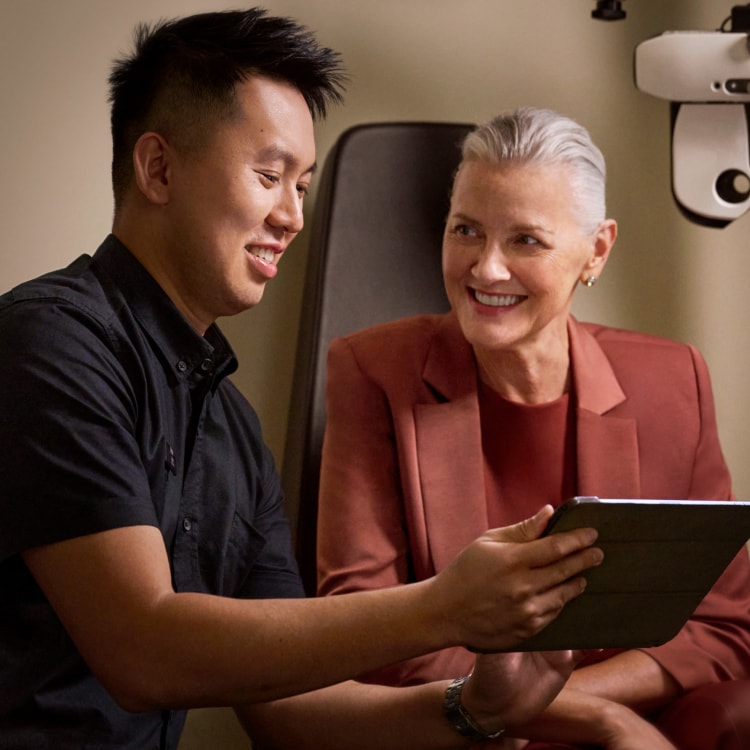
 Book an eye test
Book an eye test
 Health Funds
Health Funds
 Find A Store
Find A Store
 Favourites
Favourites

